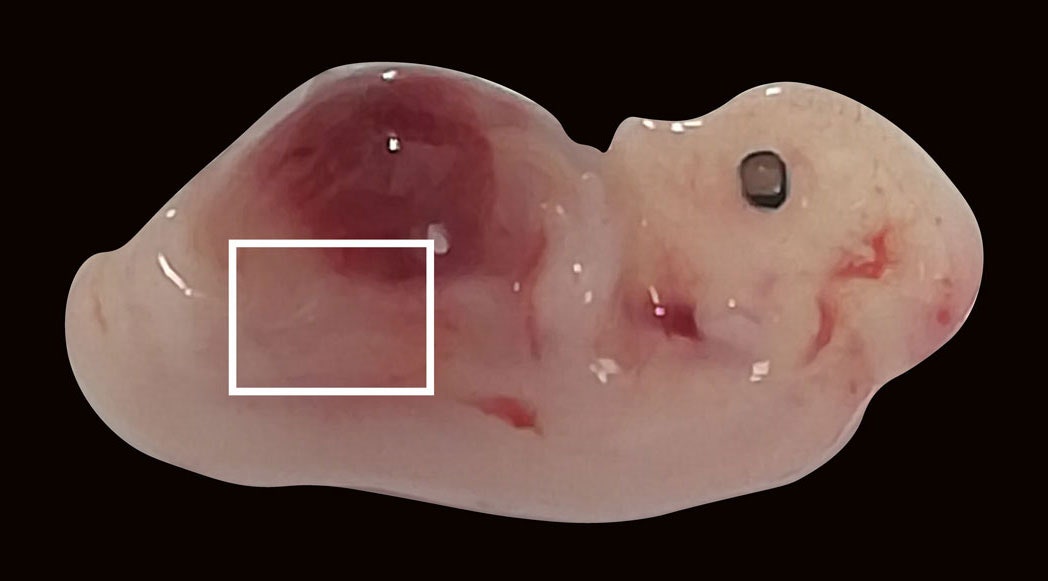In a first, researchers in China have used pigs to grow early-stage kidneys made up of mostly human cells. The advance is a step closer to producing organs in animals that could one day be transplanted to people.
More than 100,000 people in the United States are on the national transplant waiting list, and 17 people across the country die each day waiting for a donor organ, according to the Organ Procurement and Transplantation Network. Kidneys are the most in demand, with nearly 89,000 Americans needing one as of September.
“The ability to generate human organs in pigs would make a significant impact in reducing the number of patients on a waiting list in the United States and around the world,” says Mary Garry, a professor of medicine at the University of Minnesota who studies chimeric organisms—those that contain cells from different species—but wasn’t involved in the research. Garry’s team showed in 2020 and 2021 that it was possible to grow humanized blood vessels and skeletal muscle in pigs.
Attempts at making animal chimeras in the lab began decades earlier. In 1984, researchers at the Institute of Animal Physiology in Cambridge, England, reported that they had created goat-sheep chimeras by mixing embryos from the two species. More recently, news leaked in 2019 that scientists had made the first embryos that were part human and part monkey. (They subsequently destroyed them.) The work was eventually published in 2021. Led by Juan Carlos Izpisúa Belmonte, then a professor at the Salk Institute for Biological Studies in California, the team carried out their experiments in China, where they said monkey embryos were cheaper and easier to obtain.
In the current study, a team led by scientists at Guangzhou Institutes of Biomedicine and Health injected more than 1,800 pig embryos with human stem cells and then transferred them into the wombs of 13 female pigs. They allowed the chimeric embryos to grow for up to 28 days, then stopped the pregnancies to remove and examine the embryos. They collected five, which all had kidneys that were developing normally and contained up to 65 percent human cells. The research was published September 7 in the journal Cell Stem Cell. (The study authors didn’t respond to WIRED’s request for an interview.)
“It is remarkable to see that about 60 percent of the primordial pig kidney contained human cells,” says Jun Wu, a stem cell biologist at the University of Texas Southwestern Medical Center, who wasn’t involved in the new study. Wu, Belmonte, and their colleagues were the first to grow embryos with mixed human and pig tissues, a feat they reported in a 2017 study. In that paper, Wu and his team also described growing a rat pancreas, heart, and eyes in a developing mouse.
Integrating cells from pigs and humans, however, has proven more difficult than combining cells from rats and mice, which are much closer genetic relatives. Pig cells tend to outcompete human cells when transplanted into animal tissue, causing the human cells to quickly die off. As a result, the contribution of human cells in the chimeric embryos Wu’s group produced was low. This study, he says, is a big improvement.


